Epi Info™ Annual Report
Epi Info™ 2015 Annual Report
Message from the Division of Health Informatics and Surveillance Director

In 2015, CDC’s Epi Info™ team made major contributions to support the agency’s mission to protect America from health, safety, and security threats, both here at home and abroad. The Epi Info™ team provided tools to support outbreak investigations, disease surveillance, monitoring of mass gatherings and data analysis and visualization projects. The team also conducted training sessions for more than 1,000 individuals across the United States and among our international partners.
Today, the Epi Info™ team continues to make enhancements to its suite of interoperable software tools to provide better utility for public health practitioners and researchers.
- Epi Info™ for Windows had recent enhancements to its analysis and GIS functions.
- Epi Info™ now extends desktop features to mobile devices and web-based platforms.
- Epi Info™ is building enterprise grade solutions for large scale, distributed data collection.
I am proud of the accomplishments the Epi Info™ team has made to provide free tools that support epidemiology across the globe and the outstanding technical assistance and training that helps users deploy those tools to address a myriad of public health threats.
Paula Yoon, ScD, MPH
Director
Division of Health Informatics and Surveillance
Center for Surveillance, Epidemiology, and Laboratory Services
Epi Info™ At a Glance
What is Epi Info?
Epi Info™ is a public domain suite of interoperable software tools designed for the global community of public health practitioners and researchers and includes:
It provides for easy construction of data entry forms and databases, a customized data entry experience, and data analyses with epidemiologic statistics, maps, and graphs for public health professionals who may lack an information technology background.
How is Epi Info™ Used?
Epi Info™ is used for outbreak investigations; for developing small to mid-sized disease surveillance systems; as analysis, visualization, and reporting (AVR) components of larger systems; and in continuing education in the science of epidemiology and public health analytic methods at schools of public health around the world.
Epi Info™ User Statistics

Accomplishments
Epi Info™ Proved Value During Multiple 2015 Public Health Responses

Epi Info™ Virtual Hemorrhagic Fever (VHF) Application Helped Identify More Than 100,000 Suspected and Confirmed Ebola Cases
The Epi Info™ Viral Hemorrhagic Fever (VHF) application was used by CDC responders during the agency’s Ebola response in Guinea, Sierra Leone, and Liberia. The VHF database grew to contain data on more than 100,000 suspected and confirmed Ebola cases. In 2015, responders were aided by a data management and contact tracing tool for VHF that the CDC Epi Info™ team developed for use in Uganda in 2013.
Use of Epi Info™ Decreased Case Count of Salmonella Poona Outbreak in 40 States
In August 2015, CDC joined state public health officials and the Federal Food and Drug Administration (FDA) in investigating a multistate outbreak of Salmonella Poona infections potentially linked to imported cucumbers. Ultimately, the outbreak resulted in six deaths and illness reported by 907 persons in 40 states. Lyndsay Bottichio, an epidemiologist for the Division of Foodborne, Waterborne, and Environmental Diseases in CDC’s National Center for Emerging and Zoonotic Infectious Diseases (NCEZID) who helped investigate the outbreak, credited the use of Epi Info Web Survey (EIWS) with NCEZID’s ability to rapidly deploy their questionnaires and quickly gather needed data. Bottichio said, “The recent Salmonella Poona outbreak was solved and went to recall status in 16 days. This is practically record timing. We were able to do this because we used EIWS to deploy our questionnaires. We have continued to use this service as the outbreak continued and have about 400 responses. It made it possible for us to get a large amount of data from the states very quickly, then helped us determine if we should be looking at watermelon or cucumbers by running some quick frequencies. Had we used another system, this would have taken us many more days to weeks, leading to hundreds of more illnesses. You can see with the epi curve that our recall recommendation resulted in a huge reduction in the case count.”.
Persons infected with the outbreak strains of Salmonella Poona, by date of illness onset
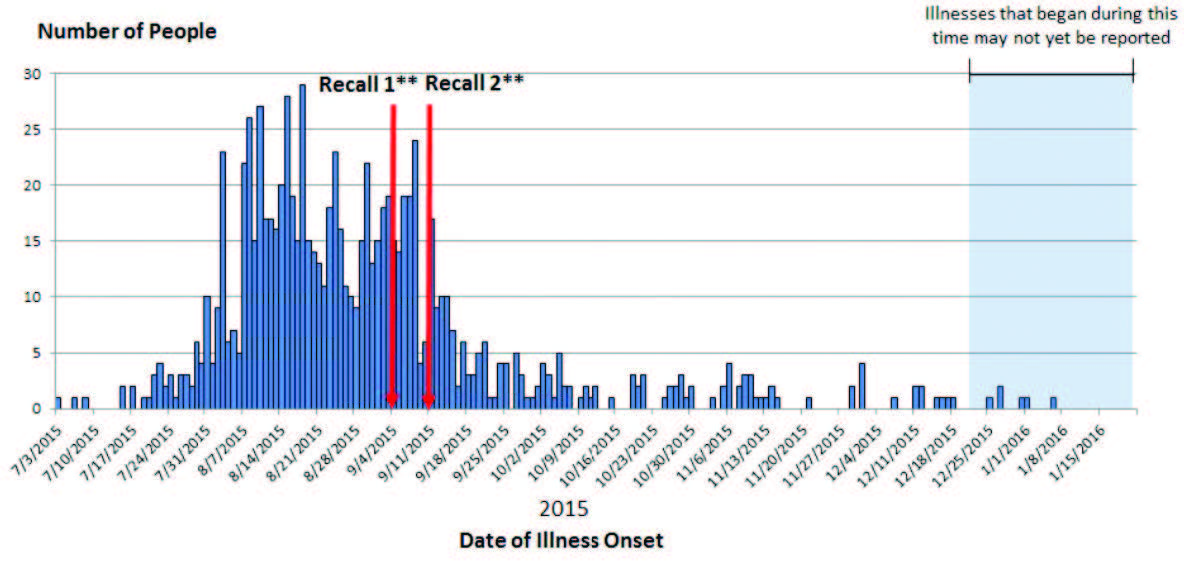
See https://www.cdc.gov/salmonella/poona-09-15/epi.html for footnotes.
Innovation at Work
The CDC Epi Info™ Team Provided Customized Solutions to Organizations Across the Globe
The CDC Epi Info™ team developed innovative tools and provided customized solutions for external organizations. Significant accomplishments for 2015 include:
Epi Info™ Based Application for HIV Home Testing and Counseling in Namibia
- The CDC Epi Info™ team, in collaboration with CDC Namibia, finalized an Epi Info™ based application and user manual for HIV Home Testing and Counseling to be used nationally in Namibia. The latest enhancements to the application include error checking and validation for over 600 data points based upon the United States President’s Emergency Plan for AIDS Relief (PEPFAR) requirements.
Epi Info™ for Web and Cloud and Epi Info™ for Mobile Used for Real-Time Analytics for Surveillance
-
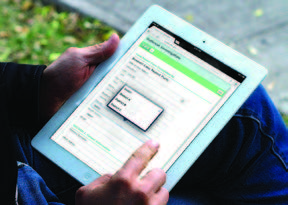
The CDC Epi Info™ team assisted Brazil’s Ministry of Health with deployment of the Epi Info™ for Web and Cloud and Epi Info™ for Mobile. These two products were used for health surveillance data collection and real-time analytics for surveillance during the October 2015 World Indigenous Games in Palmas, Brazil.
Epi Info™ for Mobile Used for National Nutrition Surveillance
-
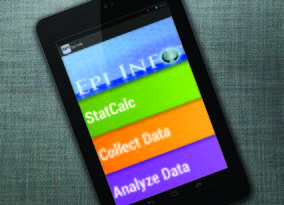
The CDC Epi Info™ team assisted the Institute of Nutrition of Central America and Panama (INCAP) in Guatemala (at the request of NCCDPHP) with using Epi Info™ for Mobile for a national nutrition surveillance project. Data were successfully collected on mobile devices and INCAP requested that the CDC Epi Info™ team continue to provide support during 2016.
The CDC Epi Info™ Team Developed a Data Management System (DMS) to Evaluate the Effect of MenAfriVac Use
The CDC Epi Info™ team developed a data management system (DMS) for NCIRD’s MenAfriNet, which is a regional meningitis surveillance network in the meningitis belt of Sub-Saharan Africa, created to evaluate the effect of MenAfriVac use. In 2001, the Bill & Melinda Gates Foundation (BMG) established the Meningitis Vaccine Project (MVP) with a goal of eliminating meningitis epidemics in Africa. By late 2009, MVP had developed and licensed a new tool to fight these epidemics—a novel conjugate meningococcal A vaccine called MenAfriVac. The MenAfriVac vaccine was first used in mass campaigns in 2010, and since 2015, more than 100 million people have received it. The vaccine appears to reduce the risk of meningitis but the effectiveness of the vaccine needs to be evaluated further over time to verify this conclusion.
Epi Info™ Source Code Used To Develop a Mobile Device Application
The North Carolina Institute for Public Health (NCIPH) used Epi Info™ source code to develop the Collect SMART mobile-device application that is used to collect data in the field.
Education and Training
2015 Training: 1,107 Successes Across the U.S. and Abroad
In 2015, the CDC Epi Info™ team held 32 formal training sessions, including seven that were held outside of the United States. A total of 1,107 persons were trained. The map below shows international training locations and additional countries represented at the trainings. These international training locations included:
- St. Vincent and the Grenadines
- Quito, Ecuador
- Foz do Iguacu, Brazil
- Bogota, Colombia
- Bamako, Mali
- Niamey, Niger
- Ouagadougou, Burkina Faso
The training sessions and workshops covered an overview/introduction of Epi Info™ 7, demonstration of using the Viral Hemorrhagic Fever (VHF) application for Ebola preparedness, and lessons learned from the West Africa Ebola outbreak, and other topics.
Epi InfoTM International Training Locations
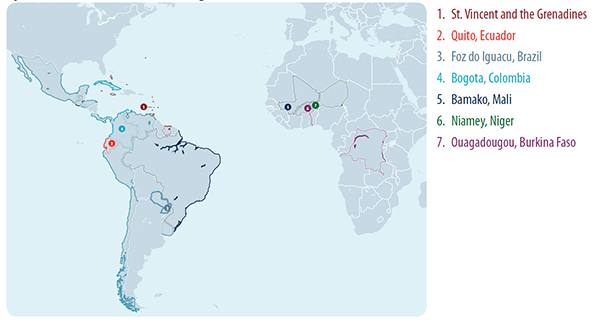
Number of Persons Trained in Epi InfoTM (All Tools), 2015
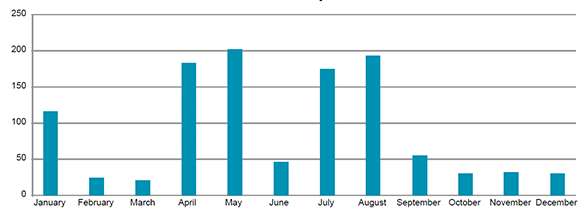
Source: Epi Info™ Training Metrics (1/5/2016)
The CDC Epi Info™ Team Hosted An Epi Info™ 7 Train-the-Trainer Workshop
The CDC Epi Info™ team collaborated with the Council of State and Territorial Health Officials (CSTE) to host an Epi Info™ 7 Train-the-Trainer Workshop at CDC for state health department staff members. The workshop provided participants with a comprehensive foundation to successfully teach an Epi Info™ 7 introductory course. The workshop helped enhance participant skills in teaching Epi Info™ content, understanding students’ needs, and discussing complex topics and answering difficult questions.
Key Findings from the CSTE Epi Info™ 2015 Training Needs Assessment
Demographics
- 70% of the respondents were from state-level public health agencies and 21% were from local public health agencies.
- 86% of respondents reported epidemiology as their primary focus.
Use of Epi Info
- 47% reported that Epi Info™ was used in their jurisdiction to analyze data. Of those, 30% to design surveys and 36% to capture survey data.
- 33% reported that receiving training would make their jurisdiction more likely to use Epi Info™.
Technical Assistance
- 68% reported that online webinars would be the most useful type of technical assistance for their jurisdiction.
Building Epi Info™ Capacity – Training Members of the Pan American Health Organization and the Council of State and Territorial Epidemiologists
The CDC Epi Info™ team conducted a five-day training session in Quito, Ecuador, on Epi Info™ 7 and the Epi Info™ Viral Hemorrhagic Fever application for 35 representatives from the Ecuadorian Ministry of Health and the Pan American Health Organization (PAHO). This training was part of the implementation of a framework developed by PAHO to strengthen national preparedness and response to emerging diseases in the Region of the Americas.
The CDC Epi Info™ Team Provided Training on Epi Info™ for Windows and the DMS at the MenAfriNet Surveillance Workshop
The CDC Epi Info™ team provided training on Epi Info™ for Windows and the DMS at the MenAfriNet Surveillance workshop in Ouagadougou, Burkina Faso. The team also hosted the 2nd annual MenAfriNet Data Management Workshop. Participants included representatives from the World Health Organization (WHO) Regional Office for Africa and the Agence de Médicine Préventive (AMP). Burkina Faso intends to implement the DMS nationally in all of its 70 districts. The DMS was also shown at the 2nd annual partner’s meeting in Niamey, Niger, to partners from BMG, CDCF, WHO, AMP and other participants from Niger, Burkina, Mali, Togo, Switzerland, and Ethiopia. The CDC Epi Info™ team continues to support expanding the use of the DMS by facilitating train-the-trainer sessions in Mali, Niger, and Burkina Faso.
Epi Info™ Recent Releases and Training Videos
New products were released for Epi Info™ for Windows, Epi Info™ for Mobile, and Epi Info™ for Web and Cloud (see https://www.cdc.gov/epiinfo/index.html).
Epi Info™ Mobile applications bring many of the features of Epi Info™ for Windows onto Android and iOS mobile platforms. Refinement of these applications is ongoing. Epi Info™ Cloud Data Capture and Epi Info™ Cloud Data Analytics are now available in beta and can be downloaded or demonstrated with the click of a button at https://www.cdc.gov/epiinfo/cloud.html. Training videos for Epi Info™ for Windows can be viewed on CDC’s YouTube channel: https://www.youtube.com/playlist?list=PL9B9157E47AB3FDFA.
The Epi Info™ Team will continue to support CDC’s mission by developing state of the art tools to detect and respond to new and emerging health threats and by providing technical assistance to users across the world.
For more information about Epi Info™ or to find support and resources, please visit the website at: https://www.cdc.gov/epiinfo/index.html.
Download the Epi Info™ 2015 Annual Report for PDF [PDF 1,382 KB]:
A printable version of the Full Epi Info™ 2015 Annual Report, available for download in PDF format.